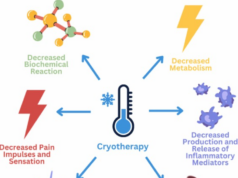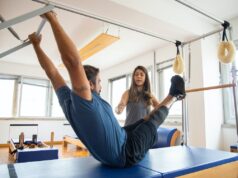Mindfulness meditation is an ancient practice that has gained popularity in recent years. It is a form of meditation that focuses on being aware and present in the moment, without judgment or expectation.
Mindfulness allows us to pay attention to our thoughts, emotions, and physical sensations without getting lost in them. This practice can help us cultivate a sense of inner peace, clarity, and balance while improving our overall well-being.
What is Mindfulness Meditation?
Mindfulness meditation such as mindful meditation in Hong Kong consists of sitting quietly for a period with your eyes closed and focusing on your breath as it moves through the body. During this time you will be asked to observe any thoughts or feelings that arise without attaching judgment or expectations to them.
When distracted by external stimuli, simply bring your attention back to the breath and gently let go of any attachments you may have had towards those thoughts or emotions. With regular practice over time, you will learn how to better manage stressors and be more mindful throughout everyday life activities such as eating or walking outdoors.
Benefits of Mindfulness Meditation
There are many benefits associated with mindfulness meditation including improved focus & concentration; reduced stress & anxiety; increased self-awareness; greater emotional regulation; improved sleep quality; enhanced empathy & compassion toward others.
Preparation for Mindfulness Meditation
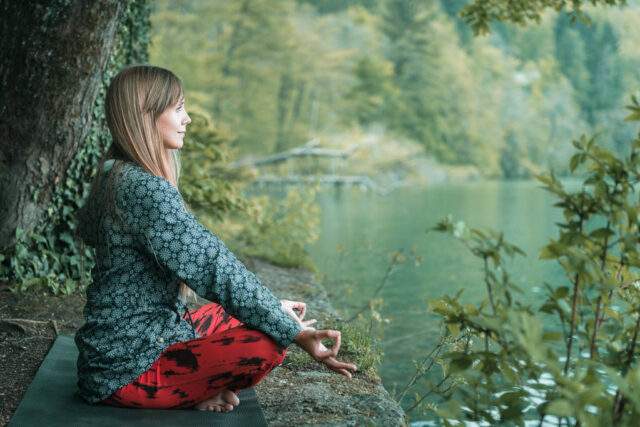
1. Preparation for Mindfulness Meditation
Mindfulness meditation can be a great way to relax and reduce stress. But it is important to take the time to properly prepare for your meditation session. Here are some tips on choosing a location and setting up your space for mindfulness meditation.
2. Choosing a Location and Time of Day
When selecting a place to meditate, you must choose somewhere quiet and comfortable where you won’t be disturbed or distracted. Even if you can only find 10 minutes in your day, try to make sure that time is free from any potential disruptions like phone calls or notifications from emails or texts.
Ideally, meditating in the morning before the day starts will help set an intention for remaining mindful throughout the day; however, if this isn’t possible, then any other part of the day will do as long as it allows you uninterrupted time and peace of mind.
3. Setting Up Your Space
It is also helpful to ensure that your space is conducive to mindfulness meditation by setting up an area specifically dedicated to this practice. If possible, create a designated corner or room with comfortable seating such as cushions or chairs arranged facing away from any windows so that there are no distracting sights during your session
The Basics of Mindfulness Meditation
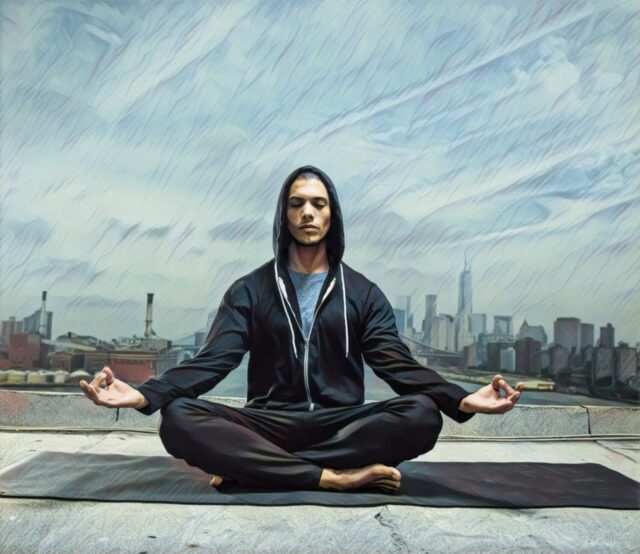
It is a practice that has been around for centuries. It is a way to cultivate awareness and acceptance of the present moment. It can help reduce stress, improve concentration, and increase our overall sense of well-being.
The basics of mindfulness meditation involve posture and breath awareness. When we practice mindfulness, we sit in an upright position with feet placed firmly on the floor, spine straight but relaxed.
We then take conscious notice of our breath as it moves in and out of our bodies. Focusing on the sensation of each inhalation and exhalation helps us to bring our attention to the present moment without judgment or criticism.
The second basic component involves observing thoughts and emotions without judgment or attachment.
Thoughts may come up such as worries about work or plans for tomorrow; when we observe these thoughts without becoming engulfed in them, we can become aware that they are just passing clouds in an otherwise clear sky – they will eventually drift away like any other thought pattern if we don’t get attached to them or try to control them.
This allows us to be more open with ourselves and others which can lead to healthier relationships both inside and outside ourselves.
Advanced Techniques for Mindful Living
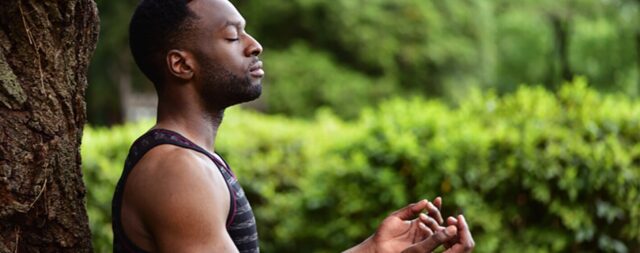
Mindfulness is a powerful tool that can help us to cultivate greater well-being, resilience, and clarity. But it can be difficult to stay on top of our mindfulness practice. Fortunately, there are several advanced techniques available that can offer new insights into mindful living. In this article, we will explore two such techniques: body scanning and loving-kindness meditation.
Body scanning technology is an effective way to bring awareness to the physical body, cultivating self-awareness and inner peace in the process. Start by finding a comfortable position – lying down or sitting up straight with your eyes closed – then direct your attention inwards towards the physical sensations in your body.
Scanning from head to toe, take note of any areas of tension or tightness as they arise while simultaneously releasing any unnecessary muscular tension with each breath outwards.
As you become more attuned to the different sensations within your body, you will gradually become more conscious of how all parts of yourself connect into one unified whole – allowing for greater insight into how our thoughts and emotions affect our physical state.
Conclusion

Mindfulness meditation is an effective and powerful tool to help individuals cope with stress, anxiety, depression, and pain. Mindfulness meditation can help individuals gain clarity of mind and body while helping them to stay present at the moment.
With a good mindfulness guide, individuals can learn how to meditate effectively and incorporate it into their daily lives for greater overall well-being.



